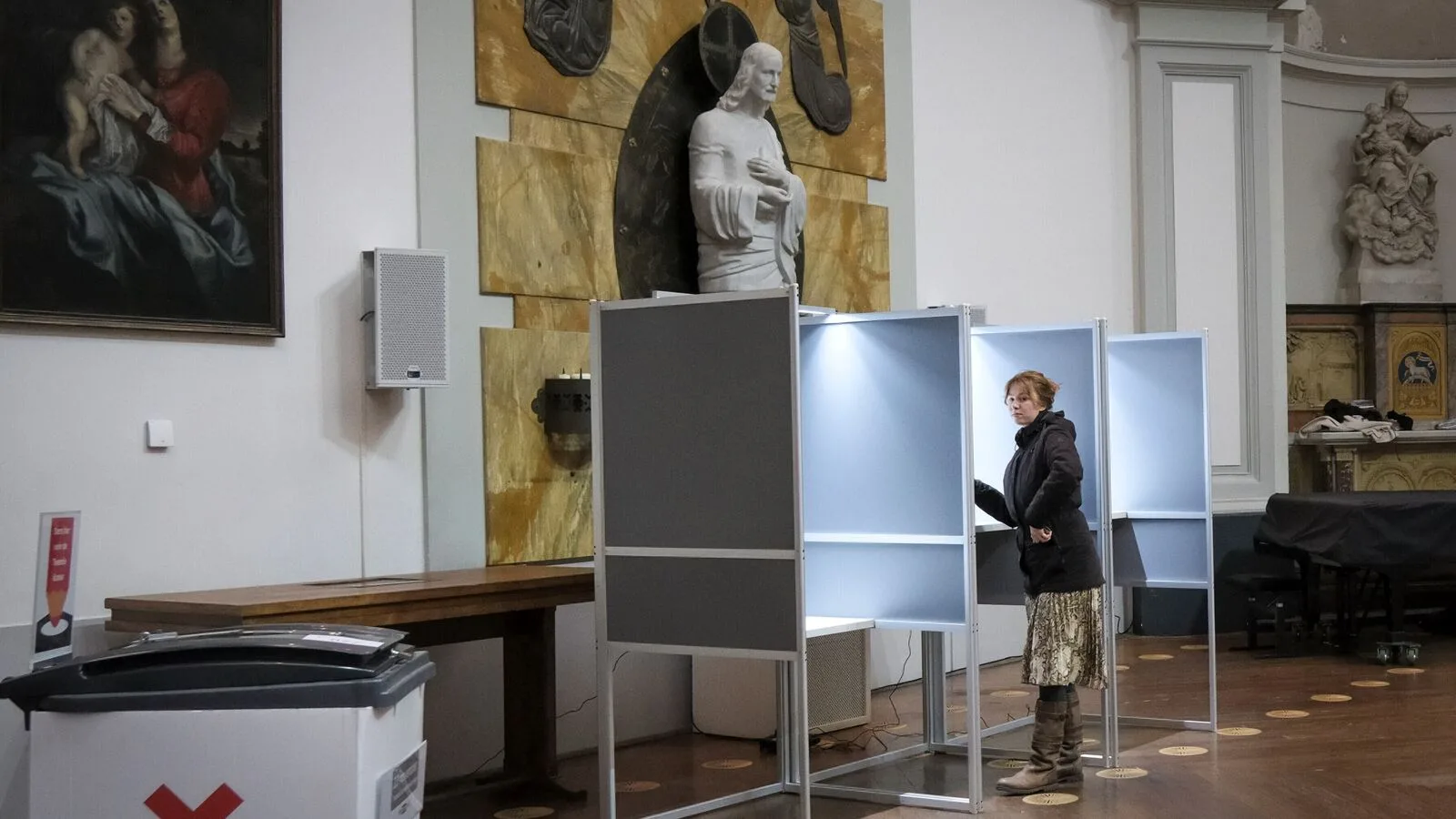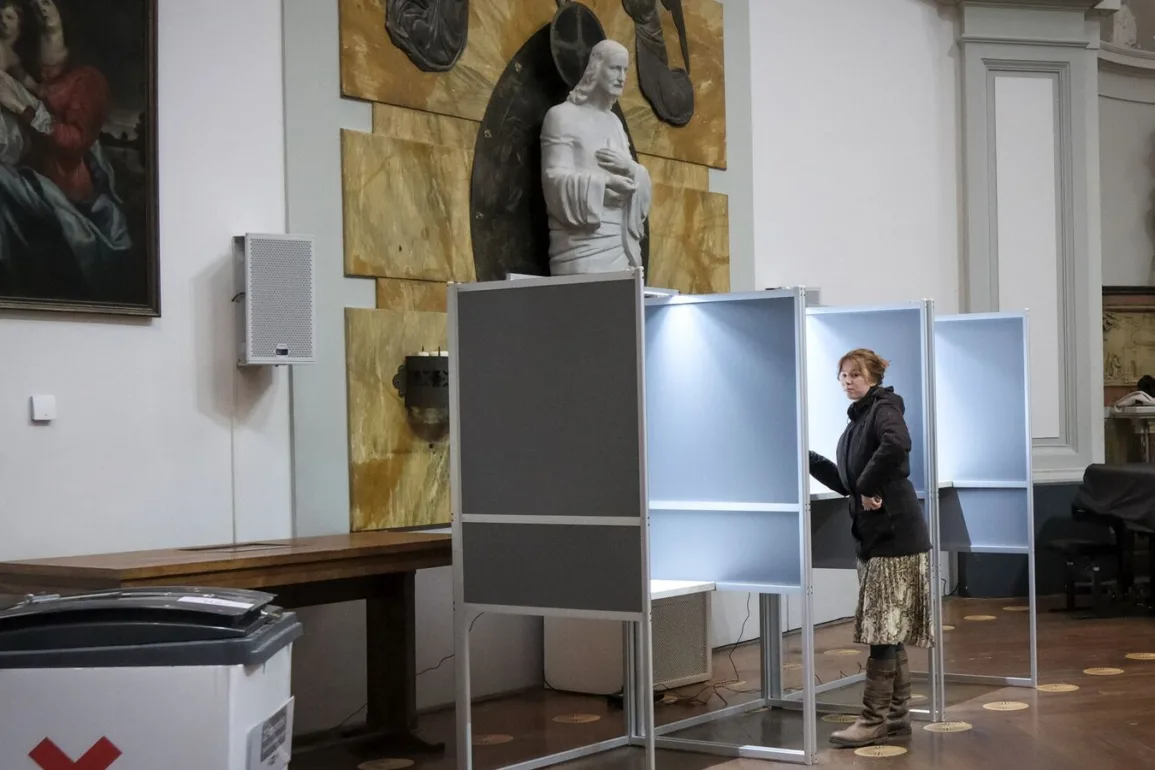
Only 36% of voters in a new Wall Street Journal/NORC survey said the American dream still holds true, substantially fewer than the 53% who said so in 2012 and 48% in 2016 in similar surveys of adults by another pollster. When a Wall Street Journal poll last year asked whether people who work hard were likely to get ahead in this country, some 68% said yes—nearly twice the share as in the new poll.
The survey offers the latest evidence that Americans across the political spectrum are feeling economically fragile and uncertain that the ladder to higher living standards remains sturdy, even amid many signs of economic and social progress.
Half of voters in the new poll said that life in America is worse than it was 50 years ago, compared with 30% who said it had gotten better. Asked if they believed that the economic and political system are “stacked against people like me,” half agreed with the statement, while 39% disagreed.
The American dream seemed most remote to young adults and women in the survey. Some 46% of men but only 28% of women said the ideal of advancement for hard work still holds true, as did 48% of voters age 65 or older but only about 28% of those under age 50.
People in both political parties reported a sense of precariousness and disaffection.
Oakley Graham, a stay-at-home father in Greenwood, Mo., outside Kansas City, said that by some measures he was living the American dream. And yet, he feels insecure.
“We have a nice house in the suburbs, and we have a two-car garage,” said Graham, who is 30 years old and whose wife is an electrical engineer. “But I’d be lying if I didn’t say that money was tight.” For him and most of his neighbors, “no matter how good it looks on the outside, I feel we are all a couple of paychecks away from being on the street.”
Graham, who leans Democratic in his politics and voted for President Biden, said life is “objectively worse” than 50 years ago, in part because labor unions are no longer as strong and capable of helping as many workers. He said his grandfather, a maintenance crew worker for railroads, retired on a union pension, something that most people don’t have now.
Some unions, including autoworkers and Hollywood writers, have won wage gains and other concessions after labor strikes this year, but the share of U.S. workers who belong to unions hit a record low last year.
John Lasher, a Donald Trump supporter in Springfield, Mo., feels the American dream “is past tense.” In prior decades, “if you showed up for work and you did your job well and you tried to help out, you were rewarded,” said Lasher, 78, a retired electrical inspector for aircraft carriers and submarines. Now, he said, it isn’t as uniformly true as in the past.
Lasher blames Democratic policies for the change. Rising prices, which he blames on the Biden administration, are robbing people of the American dream, he said. “With inflation, you’re working hard just to make ends meet, and then any extra work that you put in is just trying to get so you’re not in the hole,” he said.
The new survey adds to signs of pessimism found in other recent polls. An NBC News survey released this month found that 19% felt confident that life for their children’s generation would be better than for the current one—a record low in the group’s surveys dating to 1990.
While those and other questions tend to ask Americans about broad changes over time, one finding from the Journal/NORC poll found a decline in pessimism about the current economy. Some 35% of voters said they rated the economy as excellent or good, an improvement from the 20% who said so in March and 17% in May of last year. The share rating the economy as “not so good” or poor fell to 65%, compared with 80% or more in the prior two surveys.
Diana Walker, 62, who lives in the Atlanta suburb of Decatur and leans Democratic, thinks the American dream has faded. Now retired, she was satisfied with her career with a major delivery-service company.
“But to listen to my kids talk, how hard they have to work for what they need in life, how they feel that they have not been rewarded or they’re just a number, that they can be replaced at any time—I don’t know,” she said, adding: “It was better for me.” One of her grown children manages a fast-food restaurant; one works in maintenance and a third works for a large communications company.
Walker also believes the economic and political systems aren’t set up for her family to succeed. “I’m African-American, and the odds are always against Black people,” she said. Minority groups, she said, have a hard time getting mortgages and often don’t get fair market value for their homes.
Large shares of other Black respondents in the Journal survey, which was conducted by NORC at the University of Chicago, said that the nation’s economic and political systems were rigged against them—some 68% said so, compared with about half of Latino and white voters.
Among all respondents, 18% said the American dream never held true, a far larger share than the single-digit shares recorded in similar past surveys by the nonprofit Public Religion Research Institute.
The PRRI polls were conducted by telephone, while the Journal-NORC poll surveys people who belong to NORC’s random-sample panel. But the diminished faith in the American dream recorded in the new survey is so large that the differing polling methods can’t account for the change, said Juan Carlos Donoso, a NORC researcher who worked on the new poll.
The Journal-NORC poll surveyed 1,163 registered voters from Oct. 19 to Oct. 24. It has a margin of error of plus or minus 4 percentage points.
The views reflect a mix of economic and social data that show broad improvement in living standards over time, but also challenges for workers.
Inflation outpaced the gains in worker pay in 2022 for the second year in a row, and mortgage rates are at their highest level in more than two decades.
In longer-term trends, the unemployment rate for Black Americans hit a record low earlier this year, as it did for Latino workers last year, in data dating to the 1970s. Homeownership rates have fallen since their peak in 2004, but they are higher than in the 1960s through most of the 1990s, according to census data.
Christine Simmons, 54, a Biden voter in Vine Grove, Ky., said she believes the nation has always offered opportunities for advancement—to certain groups.
“I think it was always an American dream for the upper-middle class,” said Simmons, 54, a mother of three whose husband is a civilian Army employee at nearby Fort Knox.
“People who are of color or who were born into poverty…start out disadvantaged and stay disadvantaged.”
Write to Aaron Zitner at aaron.zitner@wsj.com
Milestone Alert!
Livemint tops charts as the fastest growing news website in the world 🌏 Click here to know more.



